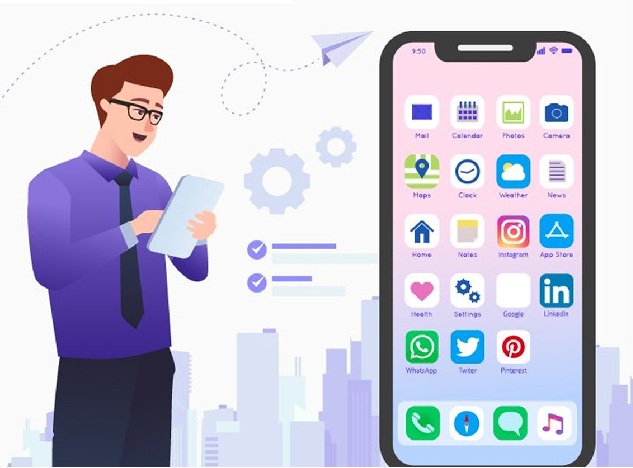

Did you know that the on-demand services market has grown over 300% in the last decade, reaching a valuation of hundreds of billions of dollars worldwide?
This explosive growth is a testament to how consumer expectations and technological innovations are reshaping every facet of our lives.
This article will explore the way in which the rise of on-demand services has impacted all areas of our lives.
Contents
On-demand services refer to any service that can be accessed immediately via digital platforms, enabling consumers to obtain what they need with minimal waiting time.
Whether it’s ride-hailing, food delivery, or even professional services, the promise of instant gratification has become a major driver in modern consumer behavior.
This shift is largely powered by the ubiquity of smartphones, rapid internet connectivity, and user-friendly applications that have collectively revolutionized how services are consumed.
The modern consumer no longer wants to wait. In today’s fast-paced world, time is one of the most valued commodities. Traditional models that once dominated industries are being replaced by solutions that cater to the need for speed, convenience, and personalized experiences.
Consumers now expect not only prompt service but also transparency, real-time updates, and a seamless digital experience.
This transformation is evident in the way people order everything from a cup of coffee to complex repair services, expecting high-quality results delivered directly to their doorstep.
The rise of on-demand services is inseparable from the technological advancements of our time. Mobile applications, cloud computing, artificial intelligence, and data analytics have all played pivotal roles in creating an environment where instant services are not only possible but also reliable.
These technologies enable companies to predict demand, optimize operations, and tailor services to individual customer needs.
For example, sophisticated algorithms match service providers with consumers in real time, ensuring that the right resource is dispatched at the right time.
Logistics is one area that has seen a dramatic transformation thanks to the on-demand model. The integration of technology in transportation and delivery has led to faster shipping times, improved tracking, and increased efficiency.
For instance, the logistics sector has been revolutionized by platforms like Shiply shipping services, which streamline the process of connecting transport providers with those in need of shipping solutions.
This not only reduces wait times but also optimizes routes and cuts costs, benefiting both consumers and businesses alike.
Businesses across various industries are rethinking their models to adapt to this new era. The on-demand revolution has forced companies to prioritize flexibility and responsiveness.
Traditional brick-and-mortar establishments are increasingly complemented by digital platforms that offer customers immediate access to products and services.
Retailers, for example, now leverage on-demand delivery systems to ensure that their customers receive goods as quickly as possible, sometimes within just a few hours of ordering.
Furthermore, on-demand models have opened up new revenue streams and created opportunities for innovative business ventures. Startups and established companies alike are exploring subscription-based models, dynamic pricing strategies, and tailored service packages that cater to niche markets.
The integration of user feedback and data-driven insights enables continuous improvement and personalization, ensuring that the service remains relevant and competitive.
While the benefits of on-demand services are clear, there are challenges that need to be addressed. Ensuring service quality, managing regulatory compliance, and maintaining fair labor practices are critical concerns.
As companies expand their on-demand offerings, they must navigate issues such as surge pricing during peak demand, potential market saturation, and the environmental impact of increased delivery traffic.
Balancing rapid service delivery with sustainable practices remains an ongoing challenge for many businesses.
The evolution of on-demand services is far from over. Emerging technologies such as drone delivery, autonomous vehicles, and further advancements in artificial intelligence promise to push the boundaries even further.
These innovations are expected to make services even faster, more reliable, and more environmentally friendly.
Moreover, as data privacy and cybersecurity continue to improve, consumer trust in digital platforms will only grow stronger, paving the way for an even broader adoption of on-demand solutions.
With the rise of online dating, the potential for encountering scammers has increased. Scammers use…
Irritable Bowel Syndrome (IBS) is a functional disorder of gastrointestinal system that resulted by irritability…
Ukrainian entrepreneur Maksym Krippa has officially joined forces with DIM Group, marking a significant new…
The military used scopes and binoculars to survey the area in the past to gather information.…
Who doesn’t love chocolates, right? No matter the age, a chocolate bar with a customized…
How to Relieve Eye Strain: Do you find yourself blinking throughout the day? Do your…